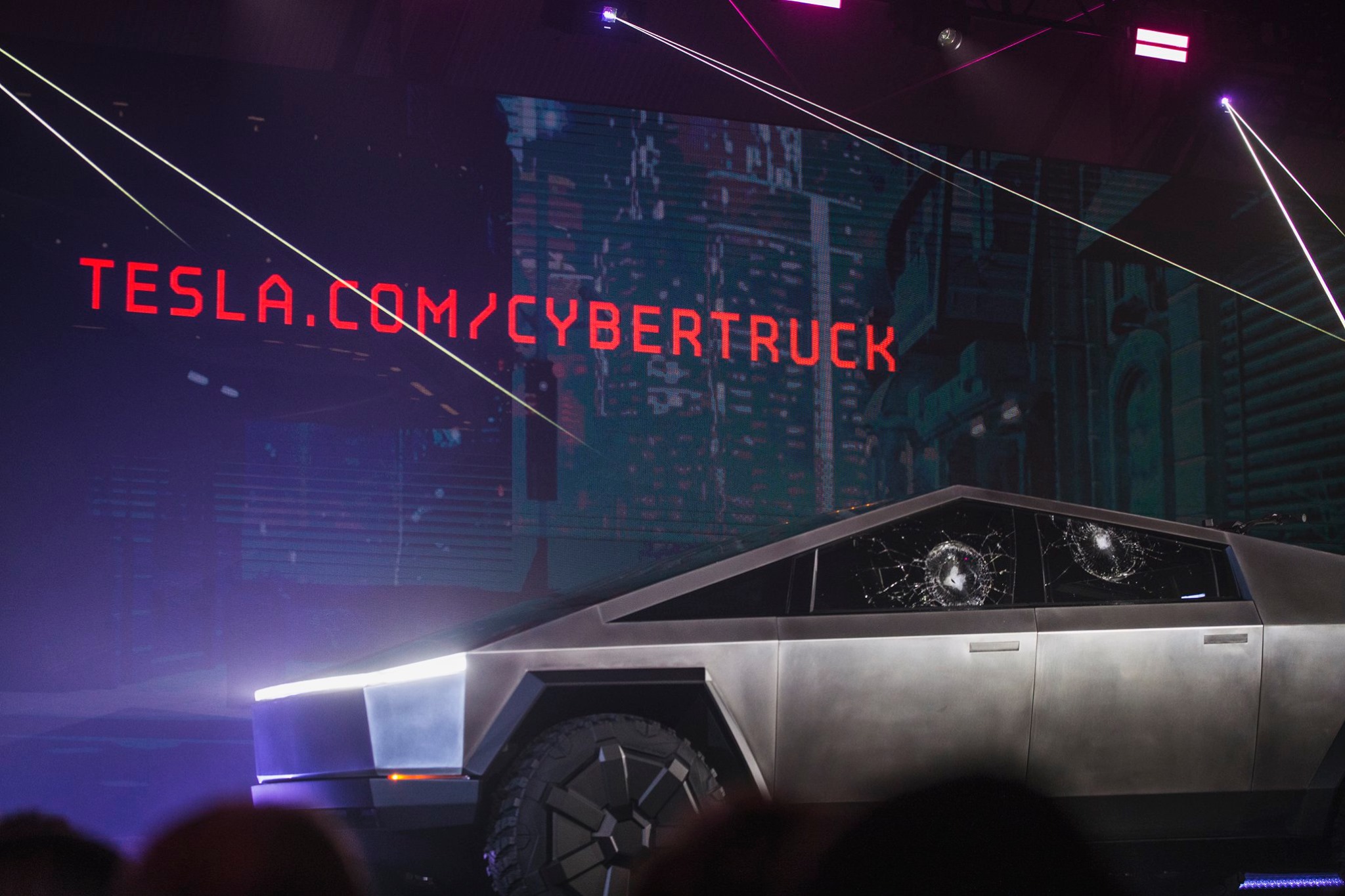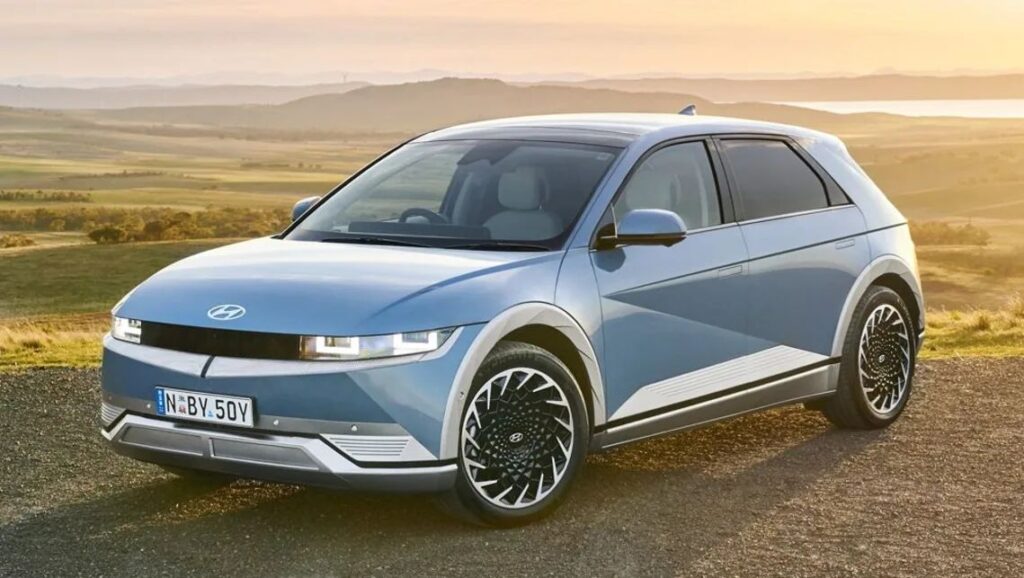
The automotive world is currently experiencing an unprecedented transformation, with electric vehicles (EVs) at the forefront of this revolution. Governments and consumers alike are increasingly drawn to the promise of environmental sustainability, reduced carbon emissions, and the potential for lower running costs. This surge in demand has led to a proliferation of new EV models hitting the market, each promising cutting-edge technology and a superior driving experience.
Yet, as with any rapidly evolving technology, the journey toward widespread EV adoption has not been without its bumps. While EVs indeed offer the allure of lower maintenance and fuel costs, a closer look at real-world ownership experiences and repair bills reveals a less polished reality for some models. Reliability issues, ranging from battery degradation to software malfunctions and manufacturing defects, have left many early adopters grappling with frustration and unexpected expenses.
This in-depth article aims to equip new and prospective EV owners with crucial insights, examining what drivers and repair bills truly reveal about the market’s most problematic electric vehicles. Drawing upon extensive data and consumer reports, we will delve into the specific challenges faced by ten individual EV models, along with five overarching systemic issues, providing a comprehensive and unbiased perspective on the reliability landscape of electric transportation. Our goal is to inform your decision-making, highlighting the ‘growing pains’ of this exciting yet complex technology.
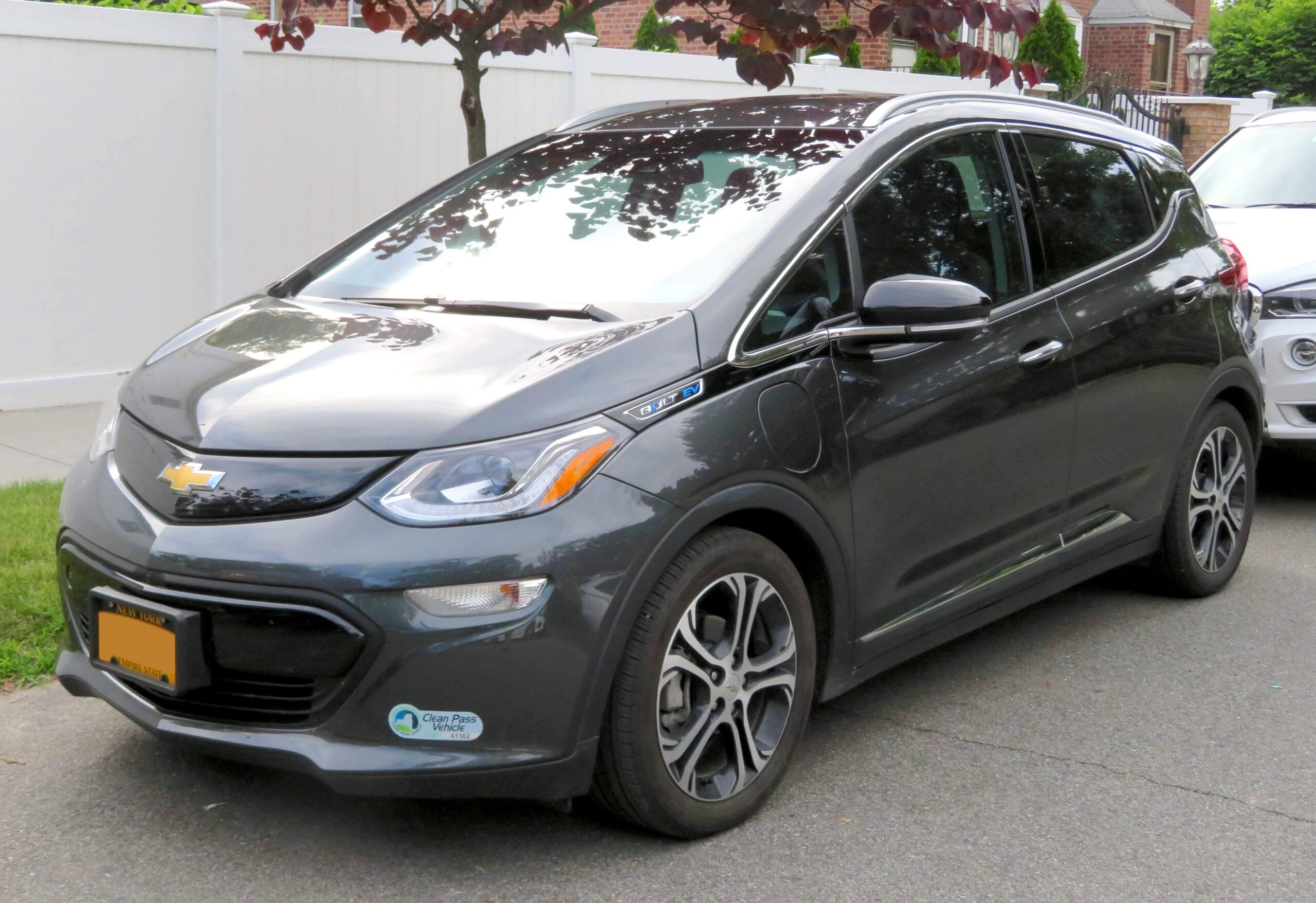
1. **Chevrolet Bolt EV**The Chevrolet Bolt EV initially captured attention for its accessible price point, making electric mobility attainable for a wider audience. However, its journey has been significantly marred by severe reliability concerns, most notably a critical risk of battery fires. This alarming issue prompted General Motors to initiate a massive recall, encompassing nearly 140,000 units globally, a move that sent ripples of concern throughout the burgeoning EV market.
The root cause of these fires was identified as faulty battery packs supplied by LG, necessitating a complete replacement of the affected units to ensure public safety. This extensive recall not only imposed a substantial financial burden on the automaker but also cast a long shadow over the Bolt EV’s reputation, igniting crucial conversations about battery reliability and manufacturing quality in electric vehicles.
Beyond the grave fire risk, Bolt EV owners frequently reported other frustrating issues that impacted their daily driving experience. Inaccurate battery range estimation was a common complaint, leaving drivers uncertain about the actual distance they could travel on a single charge and contributing significantly to range anxiety. Furthermore, software malfunctions often led to operational glitches, adding to the inconvenience and eroding user confidence in the vehicle’s overall dependability.
While General Motors diligently worked to address these multifaceted concerns through comprehensive software updates and extensive battery replacements, the reputational damage to the Bolt EV was undeniable. These pervasive reliability problems, particularly the high-profile battery fires, serve as a stark and enduring cautionary tale for both established automakers venturing into the EV space and consumers weighing the true costs and benefits of electric vehicle ownership.
Car Model Information: 2023 Toyota Tacoma TRD Off Road
Name: Chevrolet Bolt EV
Caption: 2022 Chevrolet Bolt EV
Manufacturer: General Motors
Production: unbulleted list
ModelYears: unbulleted list
Class: Subcompact car
BodyStyle: hatchback
Layout: Front-engine, front-wheel-drive layout
Predecessor: Chevrolet Spark EV
Categories: 2020s cars, All Wikipedia articles in need of updating, All articles containing potentially dated statements, All articles with unsourced statements, Articles containing potentially dated statements from February 2018
Summary: The Chevrolet Bolt EV (marketed in Europe as Opel Ampera-e) is a battery electric subcompact hatchback manufactured and marketed by General Motors under its Chevrolet brand from late 2016 until late 2023, with a brief hiatus between mid-2021 and early 2022.
The first-generation Bolt was developed and manufactured with LG Corporation. Sales of the 2017 Bolt began in California in December 2016; it was released nationwide and international markets release in 2017. A rebadged European variant was marketed as the Opel Ampera-e in mainland Europe. In 2017, the Bolt was the second-best-selling plug-in car in the United States. It was named the 2017 Motor Trend Car of the Year, the 2017 North American Car of the Year, an Automobile magazine 2017 All Star, and was listed in Time magazine’s Best 25 Inventions of 2016. The Ampera-e was discontinued after 2018. By the end of 2020, GM had sold 112,000 Bolt and Ampera-e cars worldwide. The first-generation Bolt had been subject to at least three recalls due to battery fire risks.
In mid-2023, GM officials said they would discontinue the Bolt; after outcry, they announced plans for a next-generation model, which is expected to be revealed in 2025 for model year 2026.
Get more information about: Chevrolet Bolt
Buying a high-performing used car >>>
Brand: Chevrolet Model: Bolt EV
Price: $37,215 Mileage: 35,093 mi.
Read more about: A Budget Breaker on Four Wheels: 7 Electric Cars Buyers Say Require Costly Battery Replacements
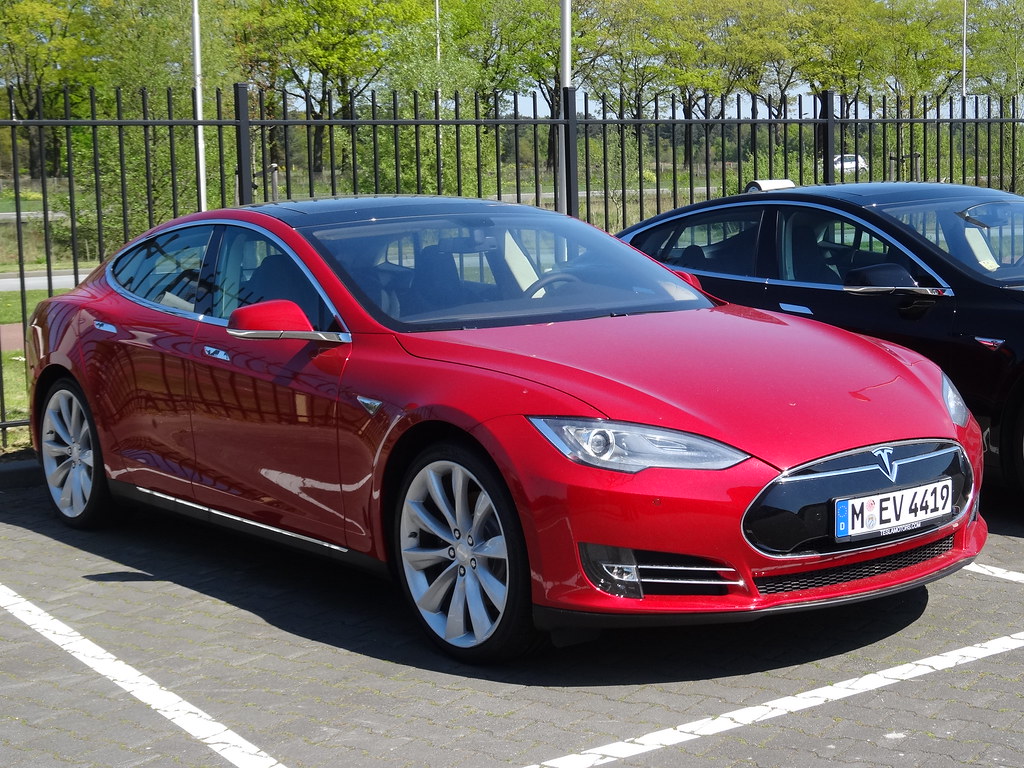
2. **Tesla Model S**Tesla’s Model S has undoubtedly been a pioneering force in the electric vehicle market, celebrated for its groundbreaking technology and performance. Yet, even this trailblazing luxury sedan has encountered its share of significant reliability concerns, prompting ongoing scrutiny from owners and industry observers alike. These issues highlight the inherent challenges of combining rapid innovation with consistent quality control in a nascent industry.
Among the most frequently reported problems by Model S owners are suspension failures, which have led to unexpected and often costly repairs, raising safety apprehensions for some drivers. The advanced touchscreen, a centerpiece of Tesla’s minimalist interior design, has also proven to be a frequent point of contention, with malfunctions sometimes impacting essential vehicle controls and diminishing the overall user experience.
Further compounding these issues, power steering problems have emerged on the list of owner complaints, making the driving experience less predictable and raising questions about the long-term durability of critical components. Tesla’s innovative over-the-air software updates, while generally praised for adding new features and improving performance, have occasionally introduced unintended side effects, such as sudden and unexplained reductions in battery range, further frustrating owners.
These recurring reliability issues have sparked considerable debate regarding Tesla’s quality control processes and the long-term robustness of its vehicles. Despite these challenges, the Model S continues to attract buyers seeking a high-performance electric vehicle with cutting-edge technology. Tesla has made continuous efforts to address these problems through successive software updates and targeted recalls, yet the saga of the Model S underscores the persistent difficulty of simultaneously pursuing aggressive innovation and ensuring unwavering reliability in the rapidly evolving EV sector.
Car Model Information: 2023 Toyota Tacoma TRD Off Road
Name: Tesla Model S
ModelYears: 2013–present
Alt: A front-three quarter view of a gray Model S
Caption: #2016–2019: First major update
Designer: Franz von Holzhausen
Weight: cvt
Height: cvt
Width: cvt
Length: cvt
Wheelbase: cvt
ElectricRange: cvt
Battery: kWh,lithium-ion battery
Motor: Unbulleted list
Transmission: Reduction drive
Related: Tesla Model X
Layout: Rear-motor, rear-wheel drive,Dual-motor, all-wheel-drive,Tri-motor, all-wheel-drive layout
BodyStyle: liftback,sedan (automobile)
Class: Full-size car
Assembly: Unbulleted list
Production: June 2012 – present
Manufacturer: Tesla, Inc.
Sp: us
Chassis: Unibody
Categories: 2020s cars, All-wheel-drive vehicles, All Wikipedia articles written in American English, All articles containing potentially dated statements, Articles containing potentially dated statements from 2025
Summary: The Tesla Model S is a battery-electric, four-door full-size car produced by the American automaker Tesla since 2012. The automaker’s second vehicle and longest-produced model, the Model S has been described as one of the most influential electric cars in the industry. Car and Driver named it one of the best cars of the year in 2015 and 2016. Its various accolades include the Motor Trend Car of the Year Award in 2013.
Tesla started developing the Model S around 2007 under the codename WhiteStar. Initially, Henrik Fisker was appointed as the lead designer for the WhiteStar project; after a dispute with Elon Musk, Tesla’s CEO, Fisker was replaced by Franz von Holzhausen. By 2008, von Holzhausen had designed what would become the production Model S’s exterior. Tesla unveiled a prototype of the vehicle in March 2009 in Hawthorne, California. In 2010, Tesla acquired a facility in Fremont, California, to produce the Model S, which was previously owned by General Motors and Toyota. Series manufacture of the car officially began at the Tesla Fremont Factory in June 2012. Tesla carried out the final assembly for European markets at its facilities in Tilburg, Netherlands, between 2013 and 2021.
The Model S typically uses either one or initially two alternating current induction motors; since 2019, dual-motor versions have used a permanent magnet motor in the front, though the high-performance Model S Plaid’s three motors are permanent magnet units by default. Constructed mostly of aluminum, the Model S shares 30 percent of its components with the Model X—a crossover SUV that was introduced in 2015. The Model S has undergone several updates during its production, the most prominent ones occurring in 2016 and 2021. These updates have usually included modifications to the motor, such as changes to power or torque, revised exterior elements, and refreshed interior features. One such change included the 2015 introduction of Tesla Autopilot—a partial vehicle automation advanced driver-assistance system.
In 2015, the Model S was the world’s best-selling plug-in electric vehicle. In 2012, it was included on Time’s list of the Best Inventions of the Year, and the magazine later included it on its list of the 10 Best Gadgets of the 2010s in 2019. In 2014, The Daily Telegraph described the Model S as a “car that changed the world”. Road & Track argued that, with the introduction of the Plaid and features such as the yoke steering wheel, Tesla managed to turn the Model S into “perhaps one of the worst [cars in the world]”.
Get more information about: Tesla Model S
Buying a high-performing used car >>>
Brand: Tesla Model: Model S
Price: $37,215 Mileage: 35,093 mi.
Read more about: Post-Warranty Peril: 5 Vehicles That Fail Right After Coverage, And 5 That Go The Distance
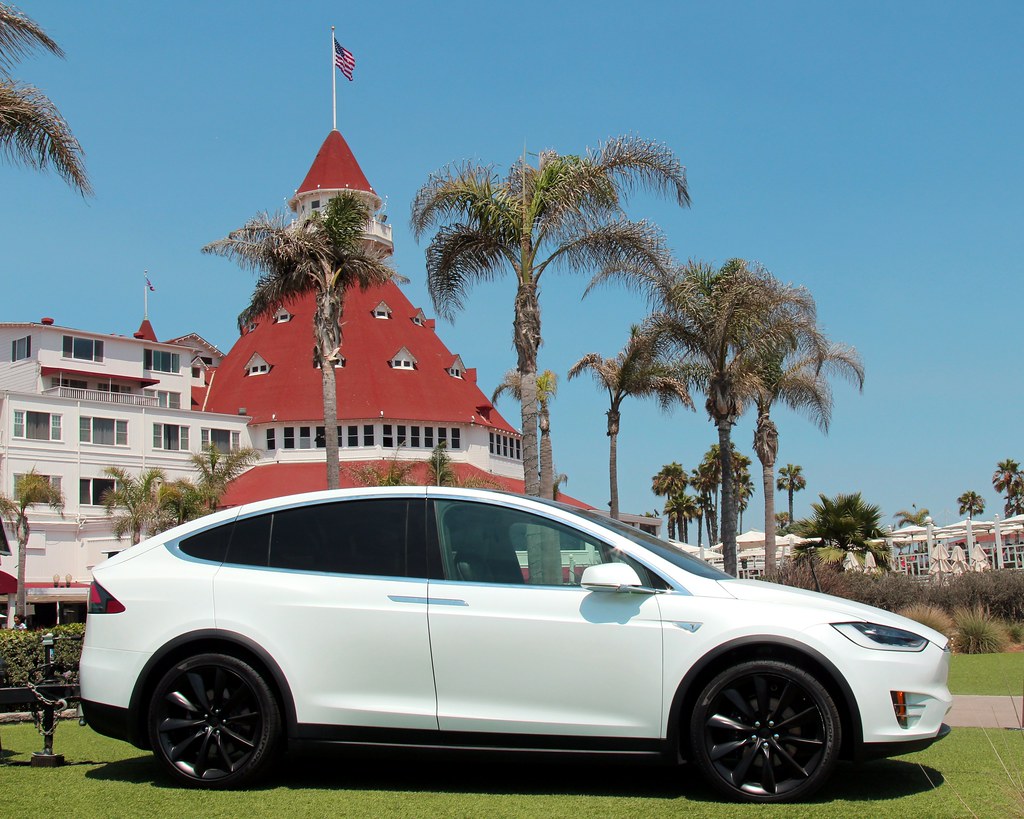
3. **Tesla Model X**As Tesla’s luxury electric SUV, the Model X, commands attention with its distinctive design and advanced features, particularly its signature falcon-wing doors. However, these very doors, intended as a futuristic highlight, have become a persistent source of reliability woes for many owners, exemplifying the challenges of integrating complex, innovative engineering into mass production.
Owners have frequently reported significant problems with the falcon-wing doors, including failures to open or close properly. These malfunctions cause considerable inconvenience and, in some instances, have raised legitimate safety concerns, underscoring a critical flaw in what was designed to be a standout feature. The doors’ inconsistent operation has often made daily use more cumbersome than convenient.
Beyond the iconic doors, the Model X has faced a litany of other reliability issues. Air suspension failures have contributed to an unpredictable ride quality, detracting from the luxury experience Tesla aims to deliver. Electrical system faults are another common complaint, resulting in various operational glitches that can disrupt the vehicle’s sophisticated functionalities and add to owner frustration. Moreover, touchscreen freezes frequently interrupt essential vehicle functions, further highlighting the complexities of its highly digitized interface.
These recurring problems have unfortunately earned the Model X a reputation as one of Tesla’s less reliable models, despite its futuristic design and advanced technology. The consistent struggles raise pertinent questions about Tesla’s quality control and manufacturing consistency, particularly with such an ambitious vehicle. While the company has implemented numerous software updates and performed various repairs to mitigate these issues, many owners continue to report ongoing problems, underscoring that innovation must be carefully balanced with long-term durability and consistent, dependable performance in the demanding electric vehicle industry.
Read more about: Post-Warranty Peril: 5 Vehicles That Fail Right After Coverage, And 5 That Go The Distance
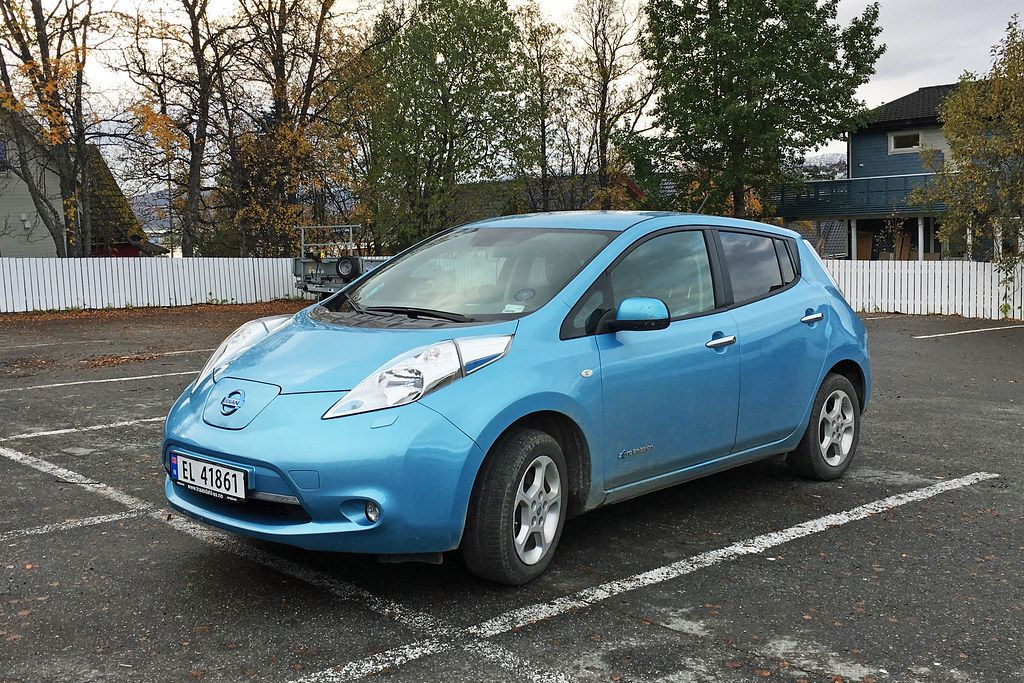
4. **Nissan Leaf (Early Models)**The Nissan Leaf holds a significant place in EV history as one of the first mass-market electric vehicles, undergoing considerable evolution since its initial launch. However, its early models were plagued by a particularly severe and widespread reliability issue: rapid battery degradation. This problem was especially pronounced in hotter climates, where many owners reported a loss of up to 30% of their vehicle’s original battery capacity within just a few short years of ownership.
This drastic reduction in battery capacity had a profound impact on the vehicle’s driving range, significantly curtailing its practical usability and making long-term ownership a challenge for many. The core reason behind this vulnerability was the design choice to omit an active battery cooling system in early Leaf models. This lack of thermal management left the battery packs highly susceptible to heat-related wear and tear, accelerating their degradation process considerably.
Consequently, numerous early Leaf owners were confronted with the unwelcome prospect of costly battery replacements much sooner than anticipated, effectively eroding the economic benefits often associated with EV ownership. This predicament underscored a critical learning curve for the nascent EV industry regarding battery longevity and thermal management strategies, highlighting their importance to consumers.
While Nissan subsequently made substantial improvements to its battery technology and integrated more effective thermal management systems in newer Leaf models, the early reliability concerns left an indelible mark on the model’s reputation. For prospective EV buyers, the experience of early Leaf owners served as a vital lesson, emphasizing the crucial role of robust battery longevity and efficient cooling systems in ensuring a reliable and satisfactory electric vehicle ownership experience. Despite these initial setbacks, the Nissan Leaf, in its later iterations, has continued to be a popular choice for budget-conscious EV drivers, offering improved durability and extended range.
Car Model Information: 2025 Nissan Leaf SV PLUS
Name: Nissan Leaf
Caption: A second generation Nissan Leaf
Manufacturer: Nissan
Production: October 2010 – present
ModelYears: 2011–present
Class: Unbulleted list
BodyStyle: Unbulleted list
Layout: Front-engine, front-wheel-drive layout
Predecessor: Unbulleted list
Categories: 2020s cars, All articles containing potentially dated statements, All articles with dead external links, Articles containing Japanese-language text, Articles containing potentially dated statements from December 2015
Summary: The Nissan Leaf is a battery-electric car manufactured by Nissan, produced since 2010. It was offered exclusively as a 5-door hatchback until 2025, which since then has become a crossover SUV model. The term “LEAF” serves as a backronym to leading environmentally-friendly affordable family car. The Leaf was unveiled on 1 August 2009 as the world’s first mass market electric and zero-emission vehicle. Among other awards and recognition, it received the 2010 Green Car Vision Award, the 2011 European Car of the Year, the 2011 World Car of the Year, and the 2011–2012 Car of the Year Japan. The Leaf’s range on a full charge has been steadily increased from 117 km (73 miles) to 364 km (226 miles) (EPA rated) by the use of larger battery packs and several minor improvements. As of September 2021, European sales totalled more than 208,000, and as of December 2021, over 165,000 had been sold in the U.S., and 157,000 in Japan. Global sales across both generations totalled 577,000 by February 2022. The Leaf was the world’s all-time top selling plug-in electric car until it was surpassed in early 2020 by the Tesla Model 3.
Get more information about: Nissan Leaf
Buying a high-performing used car >>>
Brand: Nissan Model: Leaf
Price: $23,969 Mileage: 3,302 mi.
Read more about: The Unvarnished Truth: 10 Electric Vehicles That Failed to Deliver on Reliability for Early Adopters
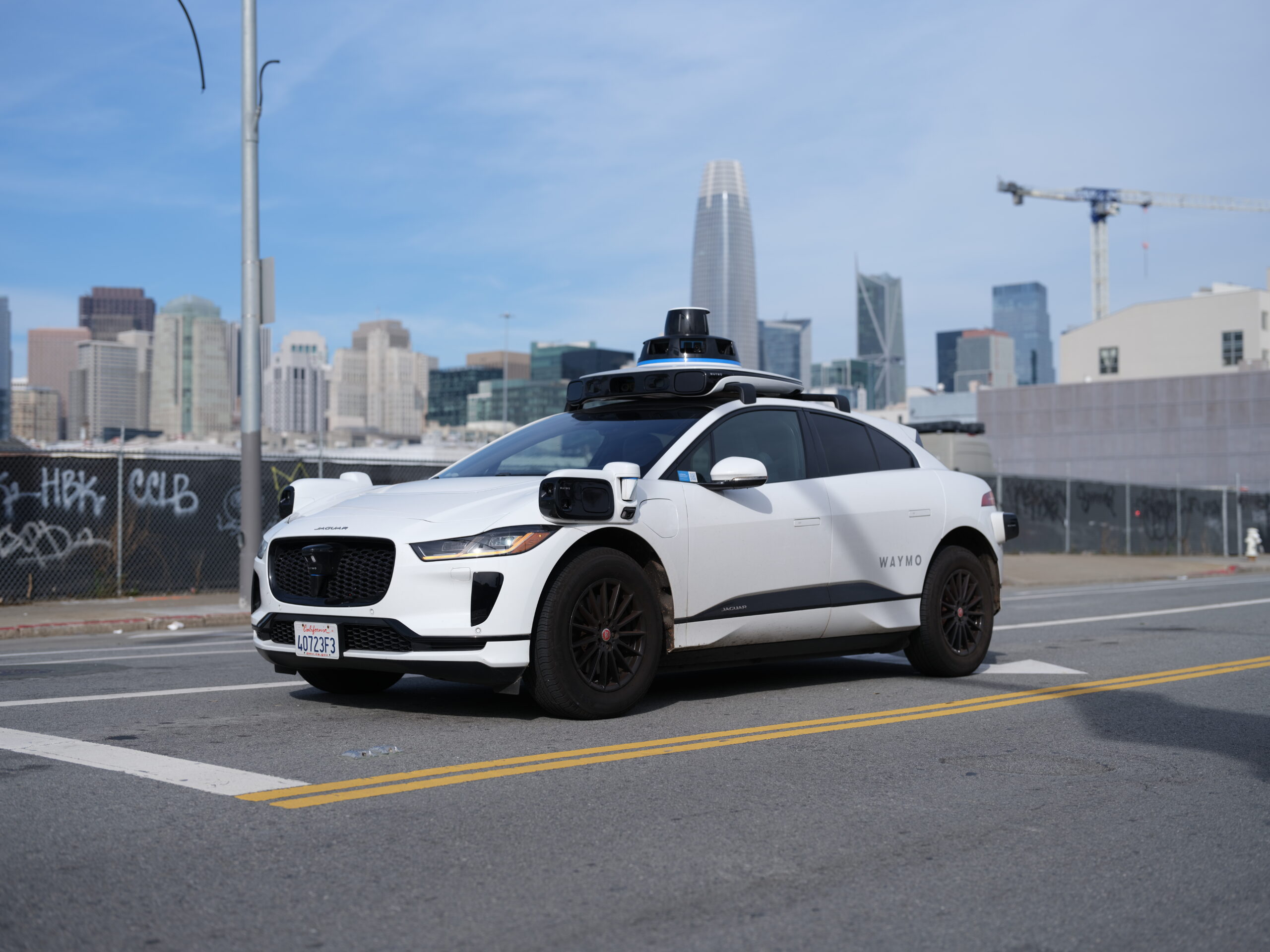
5. **Jaguar I-Pace**Jaguar’s foray into the all-electric market with the I-Pace was met with considerable anticipation, positioning itself as a premium, performance-oriented EV. However, despite its high expectations and sophisticated design, the I-Pace quickly developed a reputation for encountering various reliability issues that have challenged owner satisfaction and raised questions about its long-term dependability, particularly for a luxury brand.
One of the most common grievances reported by I-Pace owners involved persistent charging problems. Many drivers struggled to achieve a consistent or efficient charge, particularly when utilizing public charging stations, leading to considerable frustration and convenience issues. Furthermore, a wide array of electronic glitches were frequently cited, impacting everything from the functionality of the infotainment system to the reliability of essential driving assistance features, undermining the premium user experience.
A particularly vexing problem for some I-Pace owners was the unexpected failure of the 12V battery, an issue that paradoxically left them unable to start their ‘electric’ vehicles. This kind of electrical vulnerability, despite the high-voltage battery system, highlighted overlooked design flaws. Moreover, the vehicle’s complex software system often led to persistent connectivity issues, affecting key features like remote access and over-the-air navigation updates, which are crucial for a modern luxury EV.
Jaguar has responded to these concerns by releasing several software updates aimed at addressing the myriad of electronic and connectivity problems. Nevertheless, many drivers continue to report ongoing and unresolved issues, which understandably make potential buyers hesitant to commit to the I-Pace. For Jaguar, these reliability setbacks underscore the significant complexities and inherent difficulties faced by legacy automakers as they endeavor to transition to electric vehicle production while simultaneously maintaining their established reputation for quality and ensuring high levels of customer satisfaction in a new technological landscape.
Car Model Information: 2023 Jaguar I-PACE HSE EV400 AWD
Name: Jaguar I-Pace
Manufacturer: Jaguar Land Rover
Production: 2018–2024
Assembly: Magna Steyr
Designer: Ian Callum
Class: Compact crossover SUV#Luxury vehicles
BodyStyle: SUV
Layout: all-wheel-drive
Platform: Jaguar Land Rover car platforms#D7e
Motor: Permanent magnet synchronous motor
Abbr: on
Transmission: 1-speed direct-drive reduction
Battery: kW·h,Lithium-ion battery
ElectricRange: United States Environmental Protection Agency
Charging: 11kW AC (7.4kW “1-phase/32A only” AC 2018–2020),100 kW DC
Wheelbase: 2990 mm
Length: 4682 mm
Width: ubl
Height: 1565 mm
Weight: 2133 kg
Sp: uk
Categories: 2020s cars, All-wheel-drive vehicles, All Wikipedia articles written in British English, All accuracy disputes, All articles lacking reliable references
Summary: The Jaguar I-Pace (stylised as I-PACE) is a battery-electric crossover SUV produced by Jaguar Land Rover (JLR) under their Jaguar marque. The I-Pace was announced in March 2018, European deliveries began in June 2018 and North American deliveries started in October 2018. Amid slowing sales and a change in corporate vision, Jaguar has announced that the I-Pace will be discontinued by 2025.
Get more information about: Jaguar I-Pace
Buying a high-performing used car >>>
Brand: Jaguar Model: I-Pace
Price: $40,029 Mileage: 2,465 mi.
Read more about: Regret with Every Tank: 12 Used Cars That Fail to Deliver Promised Reliability and Fuel Efficiency
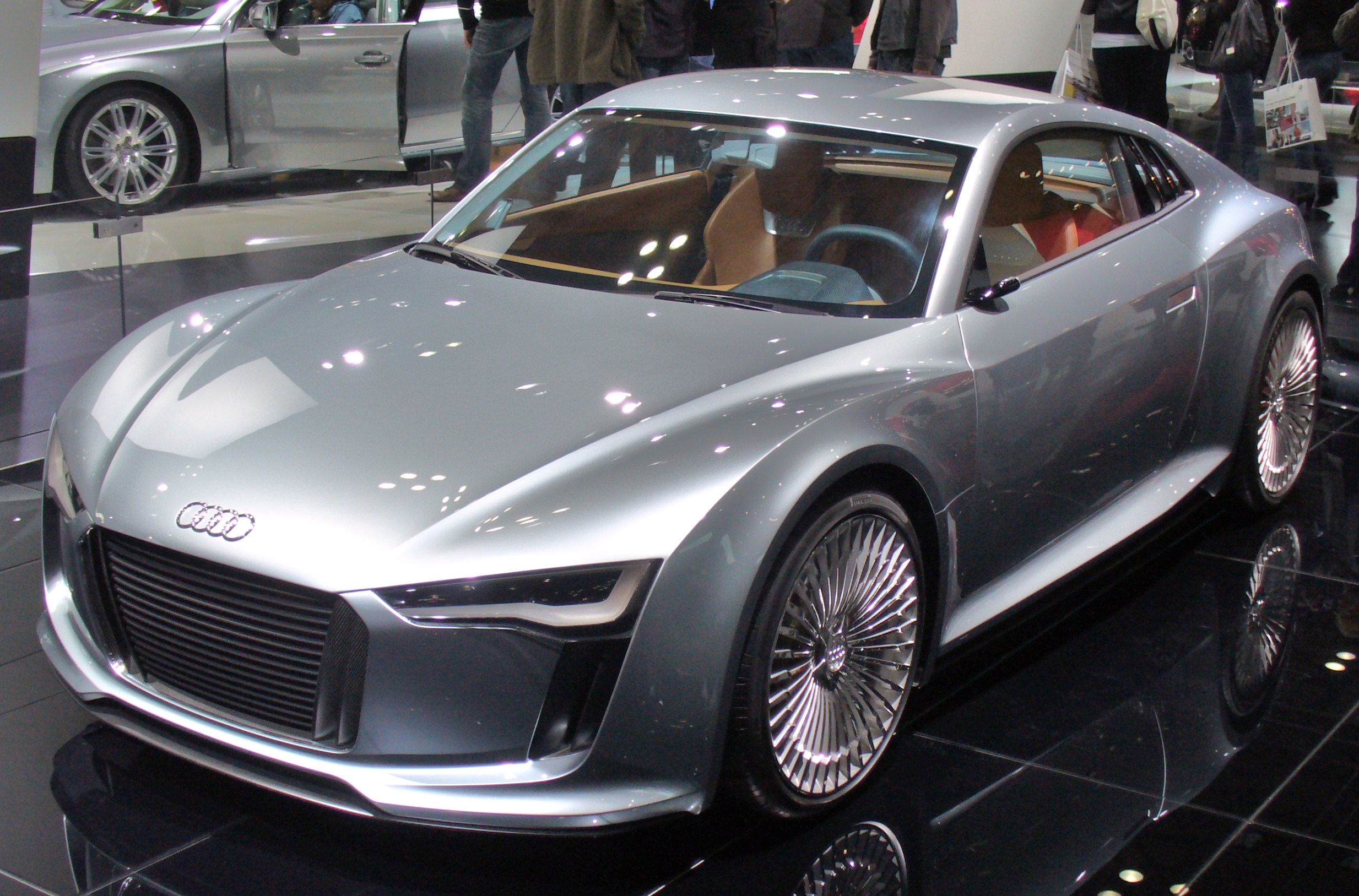
6. **Audi e-Tron**Audi, a brand synonymous with high-quality German engineering and meticulous design, entered the electric vehicle arena with the e-Tron. Despite the company’s storied reputation, the e-Tron has, unfortunately, struggled with a notable array of reliability issues, particularly those concentrated within its intricate electrical system. These problems have often proven frustrating for owners and have cast a shadow over Audi’s initial venture into mass-market EVs.
Many e-Tron owners have reported disconcerting experiences, including unexpected vehicle shutdowns that can occur without warning, persistent and often inexplicable warning lights illuminating the dashboard, and a range of frequent charging problems. These issues collectively detract from the daily usability of the vehicle and challenge the reliability expectations typically associated with the Audi brand, making routine driving less dependable than anticipated.
One of the more concerning issues to emerge has been faults within the regenerative braking system. This not only affects the vehicle’s overall efficiency, which is a key selling point for EVs, but also significantly impacts the consistency and feel of the driving experience, leading to a less predictable and confidence-inspiring ride. Such problems have naturally raised broader questions about the long-term dependability and robustness of Audi’s advanced EV technology.
While Audi has proactively released numerous software updates in an attempt to rectify these persistent issues, some owners continue to face recurring malfunctions, indicating that comprehensive solutions are still being sought. The e-Tron’s reliability struggles are a poignant illustration of the profound challenges that established, legacy automakers confront when embarking on the transition to electric powertrains. Despite offering a luxurious ride and a suite of advanced features, its technical problems have compelled potential buyers to question its fundamental durability. Audi’s ongoing efforts to enhance software stability and improve system robustness are critical, but the e-Tron serves as a powerful reminder that even premium brands can encounter significant hurdles in the complex and rapidly evolving domain of electric vehicle development.
Car Model Information: 2022 Audi e-tron Premium Plus
Categories: All Wikipedia articles in need of updating, All pages needing cleanup, Articles needing cleanup from September 2025, Articles with short description, CS1 German-language sources (de)
Summary: The Audi e-tron is a series of electric and hybrid cars shown by Audi from 2009 onwards. In 2012 Audi unveiled a plug-in hybrid version, the A3 Sportback e-tron, released to retail customers in Europe in August 2014, and slated for the U.S. in 2015. A decade after the unveiling of the first e-tron concept at the 2009 International Motor Show Germany, Audi’s first fully electric e-tron SUV went into production in 2019.
The name has also been used on some racing cars.
Get more information about: Audi e-tron
Buying a high-performing used car >>>
Brand: Audi Model: e-Tron
Price: $27,999 Mileage: 24,624 mi.
Read more about: The Future Is Now: 13 Game-Changing 2026 Car Models That Are Absolutely Worth the Wait
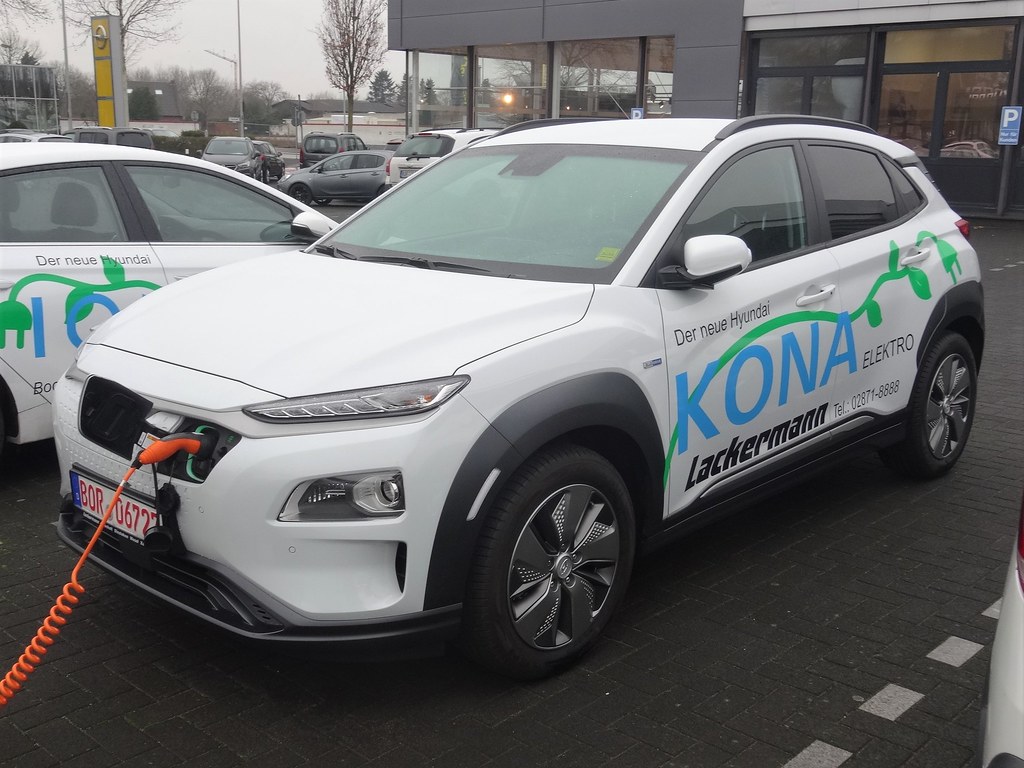
7. **Hyundai Kona Electric**The Hyundai Kona Electric quickly became a popular choice for its affordability and practical range, making it an attractive option for many seeking an entry into the EV market. However, its reputation was severely impacted by critical reliability issues, most notably when multiple units caught fire due to defective battery cells. This alarming problem led to a global recall that necessitated Hyundai replacing battery packs in thousands of vehicles across various markets to prevent further incidents.
This major safety setback had far-reaching consequences, raising serious concerns not only about the immediate safety of Hyundai’s EV technology but also about the overarching quality control processes employed in its battery manufacturing. The incident served as a stark reminder of the potential dangers associated with even seemingly minor defects in critical EV components, particularly batteries.
In addition to the grave fire risk, many Kona Electric owners frequently reported experiencing inconsistent battery range. This made it inherently difficult to accurately predict how far they could confidently drive on a single charge, contributing significantly to range anxiety and undermining the practical utility of the vehicle. Furthermore, charging problems were another common complaint, with some vehicles experiencing slow or, at times, entirely unreliable charging at public stations, adding to driver inconvenience.
While Hyundai diligently addressed these pressing issues through comprehensive recalls and subsequent software updates, the damage inflicted upon the Kona Electric’s reputation was undeniably significant and lasting. Despite its competitive pricing and feature set, these persistent reliability and safety concerns have made some prospective buyers understandably hesitant. The situation with the Kona Electric powerfully underscores the immense challenges that automakers face in ensuring both impeccable battery safety and consistent performance within the rapidly expanding and increasingly scrutinized electric vehicle market.
Car Model Information: 2023 Toyota Tacoma TRD Off Road
Name: Hyundai Kona
Caption: Hyundai Kona N Line (SX2)
Manufacturer: Hyundai Motor Company
Aka: Hyundai Kauai (Portugal)
Production: 2017–present
ModelYears: 2018–present
Class: Subcompact crossover SUV
BodyStyle: SUV
Layout: ubl
Categories: 2020s cars, All-wheel-drive vehicles, All Wikipedia articles in need of updating, All Wikipedia articles written in British English, Articles containing Chinese-language text
Summary: The Hyundai Kona is a subcompact crossover SUV produced by the South Korean manufacturer Hyundai. The first-generation Kona debuted in June 2017 and the production version was revealed later that year. It is positioned between the Venue or Bayon and the Tucson in Hyundai crossover SUV line-up. The battery electric version called the Kona Electric (or Kona EV) was first launched in South Korea during the first half of 2018 and rolled out gradually worldwide afterwards.
Get more information about: Hyundai Kona
Buying a high-performing used car >>>
Brand: Hyundai Model: Kona Electric
Price: $37,215 Mileage: 35,093 mi.
Read more about: A Budget Breaker on Four Wheels: 7 Electric Cars Buyers Say Require Costly Battery Replacements
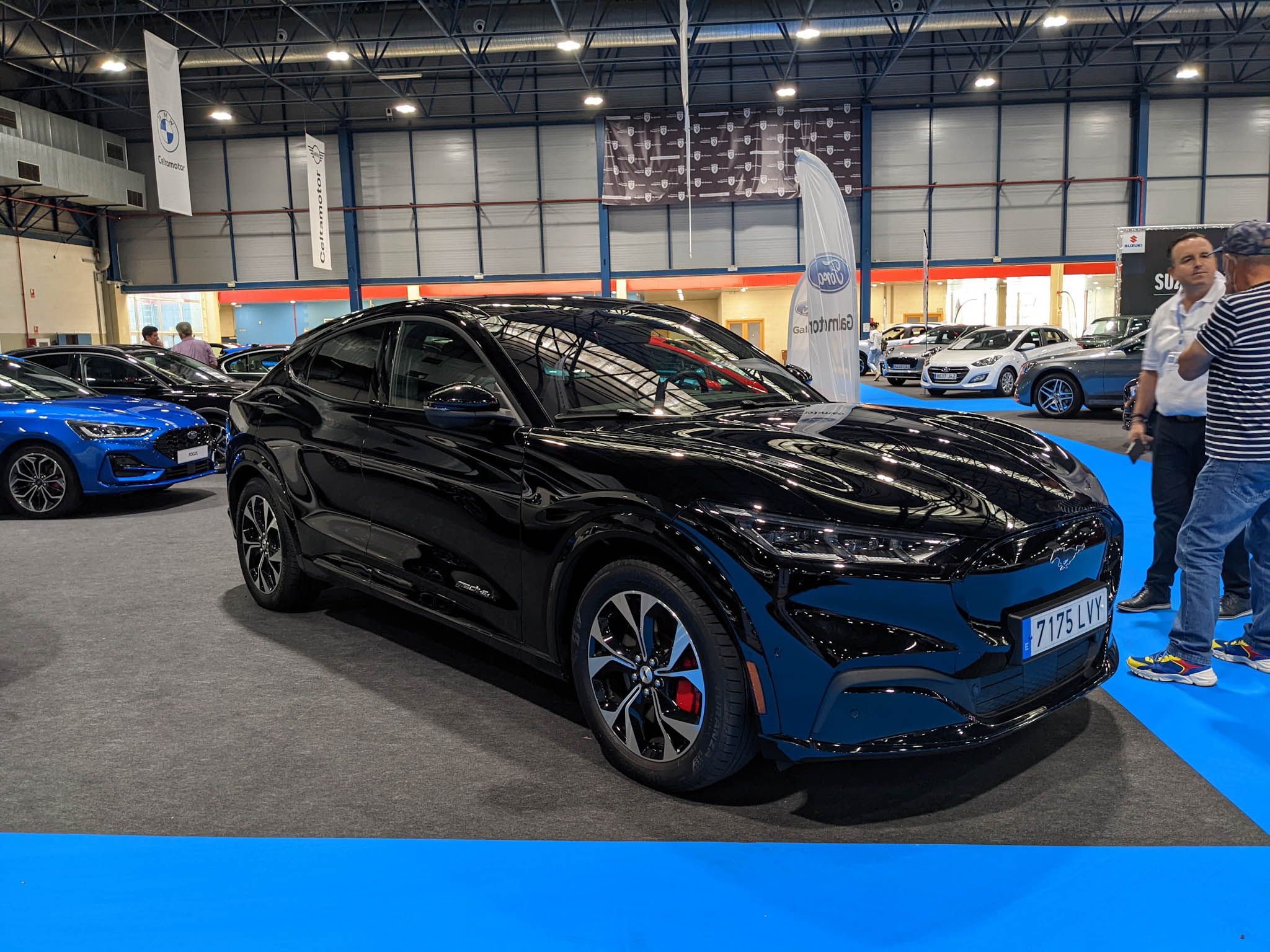
8. **Ford Mustang Mach-E**Ford’s ambitious entry into the electric SUV segment with the Mustang Mach-E was met with much fanfare, leveraging an iconic nameplate for the electric era. However, the journey for many early adopters has been characterized by several frustrating reliability issues. These problems often stem from its complex technological integration, causing significant inconvenience for owners.
Among the most frequently reported concerns are persistent software glitches, which have led to unexpected system failures, sometimes impacting critical vehicle functions. Charging problems have also emerged as a significant headache, with some drivers encountering situations where they were unable to charge efficiently, or worse, left stranded due to charging system malfunctions.
A particularly vexing issue for Mach-E owners has been the 12V battery drain problem, an issue that paradoxically leaves these electric vehicles inoperable despite the high-voltage battery. Furthermore, reports of the vehicle refusing to start due to a faulty power control module have added to widespread concerns about the Mach-E’s long-term dependability and everyday usability.
Ford has actively responded to these challenges by issuing multiple software updates and initiating recalls aimed at rectifying these various issues. While the Mach-E is celebrated for its strong performance, distinctive styling, and commendable range, these technical setbacks have undoubtedly cast a shadow over Ford’s ambitious transition into the electric vehicle space, highlighting the steep learning curve for legacy automakers.
Car Model Information: 2023 Toyota Tacoma TRD Off Road
Name: Ford Mustang Mach-E
Manufacturer: Ford Motor Company
Production: 2021–present
ModelYears: 2021–present
Assembly: Unbulleted list
Designer: Unbulleted list
Class: Compact crossover SUV
BodyStyle: coupe SUV
Layout: Unbulleted list
Platform: Ford Global Electrified 1 platform
Motor: Synchronous motor#Permanent-magnet
Wheelbase: Convert
Length: Convert
Width: Convert
Height: Convert
Weight: Convert
ElectricRange: Convert
Battery: 68–98 kWh
Charging: unbulleted list
Powerout: Convert
Sp: us
ModelCode: CX727
Categories: 2020s cars, All-wheel-drive vehicles, All Wikipedia articles written in American English, All articles needing additional references, Articles needing additional references from January 2023
Summary: The Ford Mustang Mach-E is a battery electric compact crossover SUV produced by Ford. Introduced on November 17, 2019, it went on sale in December 2020 as a 2021 model. The Mach-E is part of the Mustang series, with its name inspired by the Mach 1 variant of the first-generation Mustang. The car won the 2021 North American SUV of the Year Award.
Get more information about: Ford Mustang Mach-E
Buying a high-performing used car >>>
Brand: Ford Model: Mustang Mach-E
Price: $37,215 Mileage: 35,093 mi.
Read more about: The $10,000 Mistake: 9 Vehicles Owners Say to Avoid Due to Massive Repair Bills
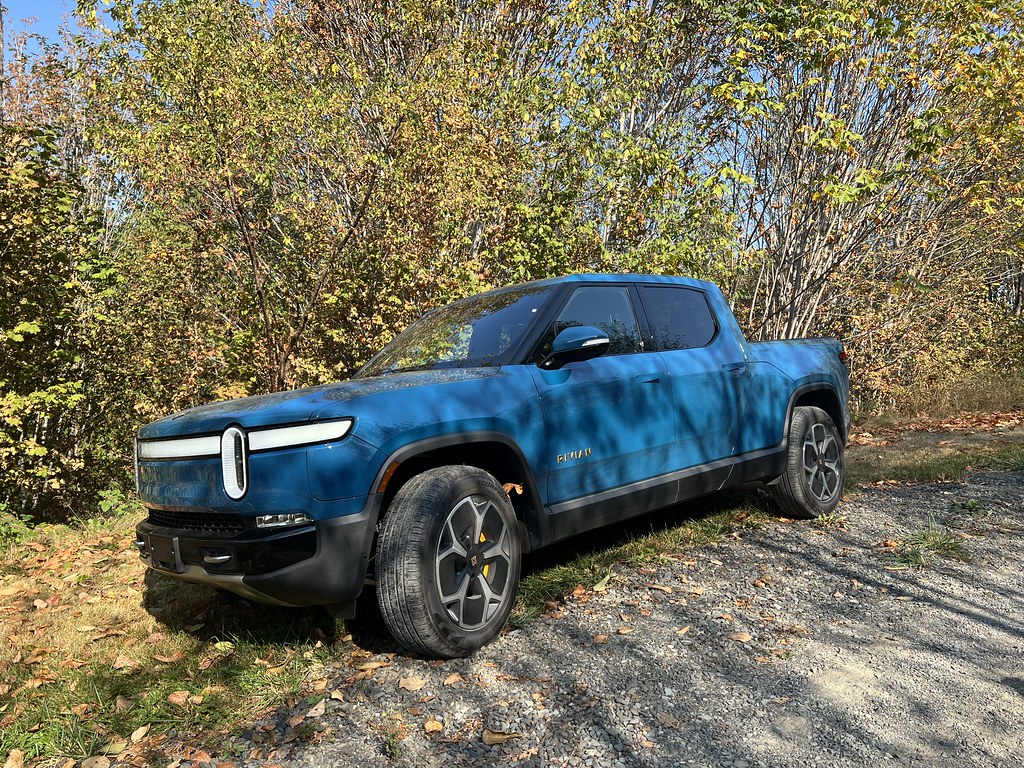
9. **Rivian R1T**As a notable newcomer to the electric vehicle landscape, Rivian burst onto the scene with the R1T, an innovative electric pickup truck designed for adventure. While its promise of rugged utility and electric power has captivated many, the brand has navigated a predictable path of growing pains inherent to any startup automaker venturing into complex manufacturing.
Owners of the R1T have frequently reported issues centered around electrical system failures, which have manifested as unexpected shutdowns and various perplexing malfunctions. The central touchscreen interface, a critical component of the modern vehicle experience, has also been a source of frustration, with users experiencing frozen displays or unresponsive controls that hinder essential operations.
Beyond the electrical and software challenges, concerns regarding overall build quality have also surfaced. Complaints about inconsistent panel alignment and issues with interior fit-and-finish have raised valid questions about Rivian’s manufacturing consistency as it scales production. These observations underscore the immense difficulties of establishing a new automotive brand from the ground up while maintaining rigorous quality control.
Despite these early setbacks, Rivian has demonstrated a proactive approach, diligently rolling out numerous software updates and implementing service fixes in an ongoing effort to bolster reliability. The R1T continues to be an exciting and highly desirable option for adventure-focused EV buyers. However, prospective owners should remain aware that, as a nascent automaker, Rivian is still in the process of refining its production and quality control processes, meaning that the possibility of encountering ongoing technical issues remains a consideration.
Car Model Information: 2022 Rivian R1T Adventure
Name: Rivian R1T
Manufacturer: Rivian
Production: 2021–present
ModelYears: 2022–present
Assembly: Rivian Automotive,LLC
Designer: Jeff Hammoud
Class: Mid-size car,luxury car,pickup truck
BodyStyle: crew cab
Layout: unbulleted list
Related: Rivian R1S
Motor: Alternating current,Permanent magnet motor
Transmission: Single-speed
Battery: kWh,lithium-ion battery
ElectricRange: unbulleted list
Abbr: on
Charging: unbulleted list
Wheelbase: 135.9 in
Length: 217.1 in
Width: 81.8 in
Height: 75.7 in
Weight: cvt
Sp: us
Powerout: unbulleted list
Chassis: Body-on-frame
Categories: All Wikipedia articles written in American English, All articles with vague or ambiguous time, Articles with short description, Commons category link is on Wikidata, Electric trucks
Summary: The Rivian R1T is a battery electric mid-size light duty luxury pickup truck produced by the American company Rivian. The first production R1T was manufactured in Illinois on September 28, 2021, and was delivered to a customer. The official EPA range for the Rivian R1T (MY 2022–2024) ranges from 255–420 miles (410–676 km), depending on drivetrain, battery pack capacity and wheel size.
Get more information about: Rivian R1T
Buying a high-performing used car >>>
Brand: Rivian Model: R1T
Price: $85,000 Mileage: 1,309 mi.
Read more about: Steer Clear: 15 Cars You Absolutely Should Not Buy in 2025, According to Automotive Experts
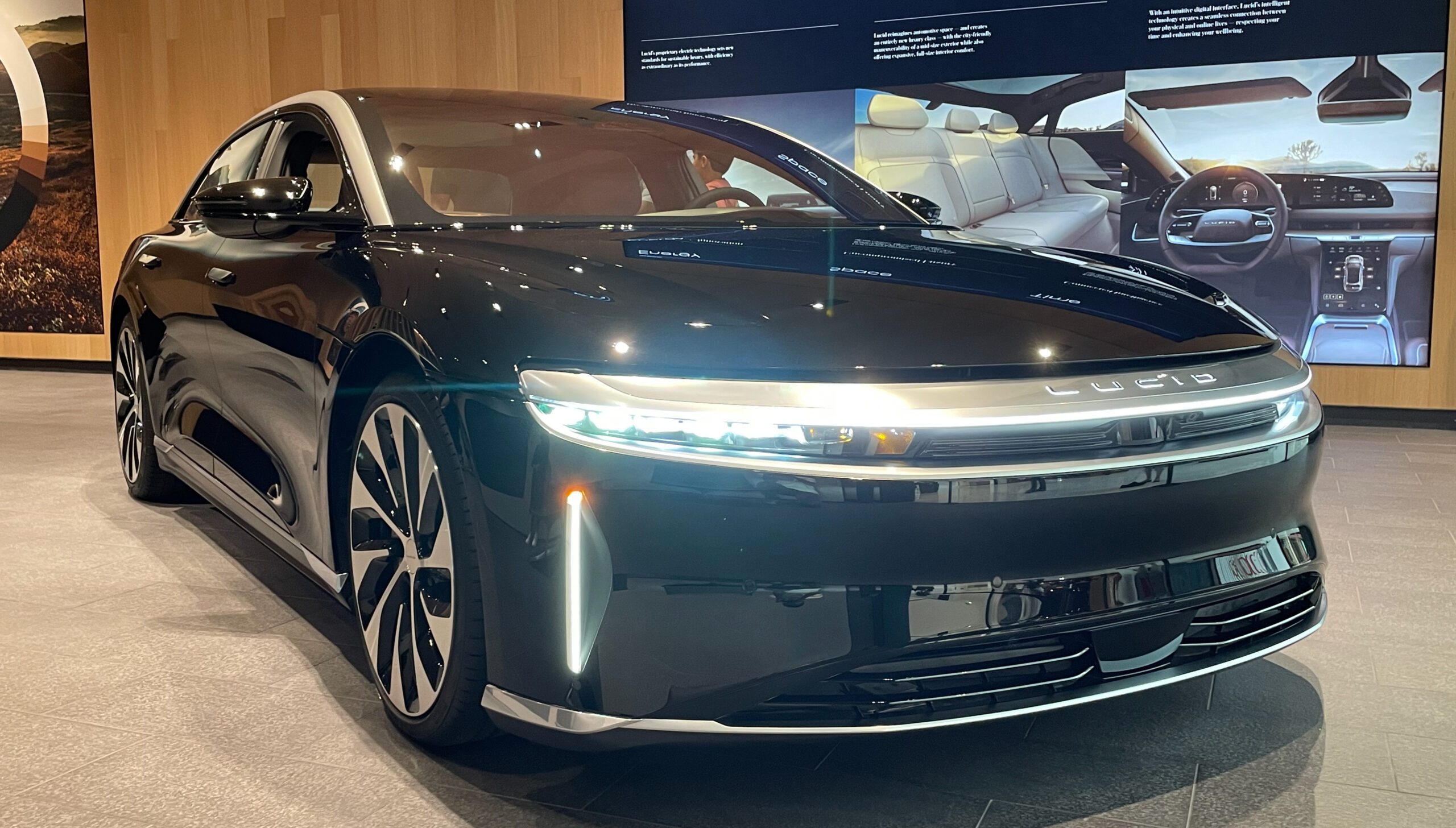
10. **Lucid Air**Lucid’s Air luxury EV has undeniably set new benchmarks in the industry, boasting an impressive blend of groundbreaking range capabilities and exhilarating high-performance attributes. It quickly positioned itself as a serious contender in the premium electric segment, drawing considerable attention for its advanced engineering and opulent design.
However, even this high-tech marvel has not been immune to early reliability concerns experienced by its pioneering owners. Frequent software bugs have been reported, leading to glitches in essential vehicle functions and diminishing the seamless user experience promised by its sophisticated platform. Charging failures have also emerged as a point of frustration, leaving some owners struggling to efficiently power up their vehicles.
Further compounding these issues, sensor malfunctions have been a common complaint, directly impacting the accuracy and reliability of crucial driver assistance features and affecting the vehicle’s overall usability. Lucid’s reliance on cutting-edge technology, while providing distinct advantages, has proven to be a double-edged sword, necessitating frequent software updates and targeted fixes to maintain optimal performance.
While many owners commend Lucid for its responsiveness in diligently addressing these problems, reliability continues to be a salient concern for potential buyers. As a relatively new automaker, Lucid is still in the process of refining its production processes and ensuring robust software stability across its fleet. The Lucid Air, despite its unparalleled combination of luxury, range, and innovation, clearly illustrates the inherent difficulties of introducing highly advanced EV technology to the market without occasionally compromising the immediate user experience.
Having meticulously examined individual EV models that have encountered notable reliability challenges, it becomes evident that many of these issues are not isolated incidents but rather symptomatic of broader, systemic hurdles facing the burgeoning electric vehicle market. As we look beyond specific models, we uncover fundamental challenges that impact the entire industry, from the very core of battery technology to the complexities of integrating advanced features and infrastructure. Understanding these overarching issues is crucial for a comprehensive appreciation of the current state of EV reliability.
Car Model Information: 2022 Lucid Air Grand Touring
Name: Lucid Air
Caption: 2022 Lucid Air Grand Touring in Zenith Red
Manufacturer: Lucid Motors
Production: September 2021 – present
ModelYears: 2022–present
Assembly: Casa Grande, Arizona
Designer: Derek Jenkins
Class: Executive car
BodyStyle: Sedan (automobile)
Layout: unbulleted list
Related: Lucid Gravity
Transmission: One-speed fixed gear
Powerout: cvt
Battery: kWh,Lithium-ion battery
ElectricRange: cvt
Charging: unbulleted list
Wheelbase: 2960 mm
Order: flip
Abbr: on
Length: 4975 mm
Width: 1939 mm
Height: 1410 mm
Weight: convert
Sp: us
Categories: All-wheel-drive vehicles, All Wikipedia articles written in American English, All articles containing potentially dated statements, All articles with unsourced statements, Articles containing potentially dated statements from 2021
Summary: The Lucid Air is a battery electric four-door luxury sedan made by Lucid Motors. The car was announced in December 2016 and sold starting in 2021.
The Dream Edition’s EPA range is estimated at 520 miles (840 km), the longest on the market as of 2024. The production model was unveiled in September 2020, and production began in late 2021.
In November 2020, the Lucid Air Pure was announced with 406 miles (653 km) of projected range and 480 horsepower (360 kW) and a starting price of US$77,400. The range of trim levels includes Pure, Touring, Grand Touring, and Dream Edition.
On September 28, 2021, Lucid Motors announced that production had begun, with the base Pure model expected in late 2022. Deliveries commenced on October 30, 2021, with the first reservation holders taking delivery of Air Dream Editions in an event in California.
Get more information about: Lucid Air
Buying a high-performing used car >>>
Brand: Lucid Model: Air
Price: $62,990 Mileage: 17,499 mi.
Read more about: The Definitive Guide to ‘Best’: What the Word Behind Every ‘Greatest Of All Time’ List (Even Western TV Actors!) Really Means

11. **Battery Degradation and Longevity**At the heart of every electric vehicle lies its battery, and its longevity is paramount to the ownership experience. Battery degradation, a natural process where a battery’s capacity to hold a charge diminishes over time, is a significant concern for EV owners. This reduction in capacity directly translates to a reduced driving range and often requires increased charging times, impacting the practical utility of the vehicle.
Several critical factors accelerate this degradation. Frequent deep discharging of the battery, where it’s allowed to run very low before recharging, can reduce its lifespan. Extreme temperatures, both excessively hot and freezing cold, are particularly detrimental, with high heat accelerating wear and tear. Aggressive charging habits, such as consistently utilizing rapid charging without proper battery management, can also contribute to quicker degradation.
Real-world data reveals the tangible impact of these factors on drivers. Between 7% to 10% of EV drivers experience reduced range, while 10% to 20% face longer charging times. A notable 5% to 10% encounter both issues. Concerningly, approximately 1 in 5 drivers may experience 100% battery degradation within the five-year mark, and 3% to 5% could see over 50% degradation within the same period, underscoring the severity of this widespread issue.
To mitigate battery degradation, consumers are advised to adopt proactive habits. Avoiding extreme temperatures by parking in shaded areas or garages can significantly reduce heat buildup and UV exposure. Limiting deep discharging when possible and moderating the use of rapid charging can also prolong battery health. Furthermore, consistent maintenance records and regular vehicle servicing are crucial to ensuring proper battery care and maximizing its operational lifespan.
Read more about: A Budget Breaker on Four Wheels: 7 Electric Cars Buyers Say Require Costly Battery Replacements

12. **Fire Risks in Electric Vehicles**While statistics often show that electric vehicles are less prone to fires than their gasoline counterparts, the nature of EV fires presents unique and alarming challenges that demand serious consideration. When an EV fire does occur, it is notoriously difficult to extinguish, often heralded by a highly toxic vapor cloud, and can be followed by a severe explosion, posing significant risks to emergency responders and bystanders.
These incidents, though relatively rare, can appear to occur spontaneously and are incredibly challenging to put out due to the thermal runaway phenomenon in lithium-ion batteries, where a self-sustaining chain reaction generates immense heat. According to one study, approximately 500 EV fires were reported globally between 2010 and 2024, translating to about 1 in 100,000 vehicles, or one fire for every 130 million miles driven. It’s important to note that EVs are estimated to be 29 times less likely to catch fire than traditional gas and diesel cars.
The causes of EV fires are diverse, with approximately 70% attributed to external factors like collisions or manufacturing defects in components beyond the battery. Internal fires, stemming from electrical or thermal issues within the battery system itself, account for the remaining 30%. These incidents underscore the critical importance of stringent quality control in battery manufacturing and robust vehicle design.
Automakers are actively innovating to enhance EV fire safety. Strategies include physically separating battery cells and incorporating firewalls to prevent thermal runaway from spreading, and developing less flammable components for battery packs. Looking ahead, the advent of solid-state battery technology is widely seen as a potential game-changer, promising significantly improved safety characteristics and offering a failproof solution to this complex problem in the near future.
Read more about: Ford’s Hybrid Fire Risk: An In-Depth Consumer Report on Escape, Corsair, and Maverick Recalls
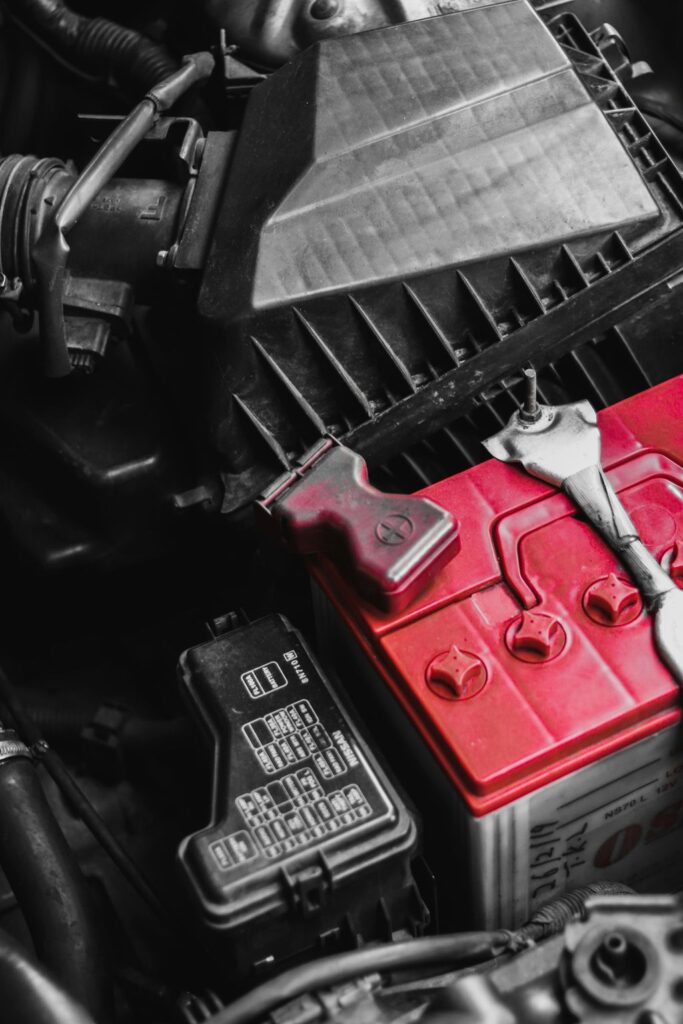
13. **Range Limitations and Range Anxiety**Despite continuous advancements in battery technology, range anxiety remains a persistent and significant barrier for many prospective EV owners. This apprehension stems from the fear of running out of charge before reaching a suitable charging station, a concern that can significantly impact daily usability and deter longer journeys.
Environmental factors play a crucial role in exacerbating range limitations. For instance, operating the heater in an electric vehicle, especially in colder climates, can substantially reduce its available driving range, making EVs less ideal for extended trips during winter. Cold temperatures specifically slow down the electrochemical reactions within the battery, diminishing its capacity to hold and discharge power, and forcing the battery to work harder to warm the cabin.
The challenges extend beyond daily commuting, particularly for outdoor enthusiasts. Towing boats, trailers, or caravans with an EV can drastically cut into its already limited battery capacity, intensifying range anxiety and making such activities less practical compared to gasoline-powered alternatives. The added weight and aerodynamic drag place considerable strain on the battery, disproportionately impacting the usable range.
Ultimately, while modern EVs offer improving ranges, the combination of environmental factors like cold weather, specific use cases like towing, and the still-developing charging infrastructure means that for many consumers, electric vehicles are not yet universally suitable for all types of journeys. This limitation underscores the need for continued innovation in battery density and energy efficiency, alongside a more ubiquitous and reliable charging network, to truly alleviate pervasive range anxiety.
Read more about: Driving These 16 Electric SUVs? Here’s What Gas Truck Owners Secretly Think About You.
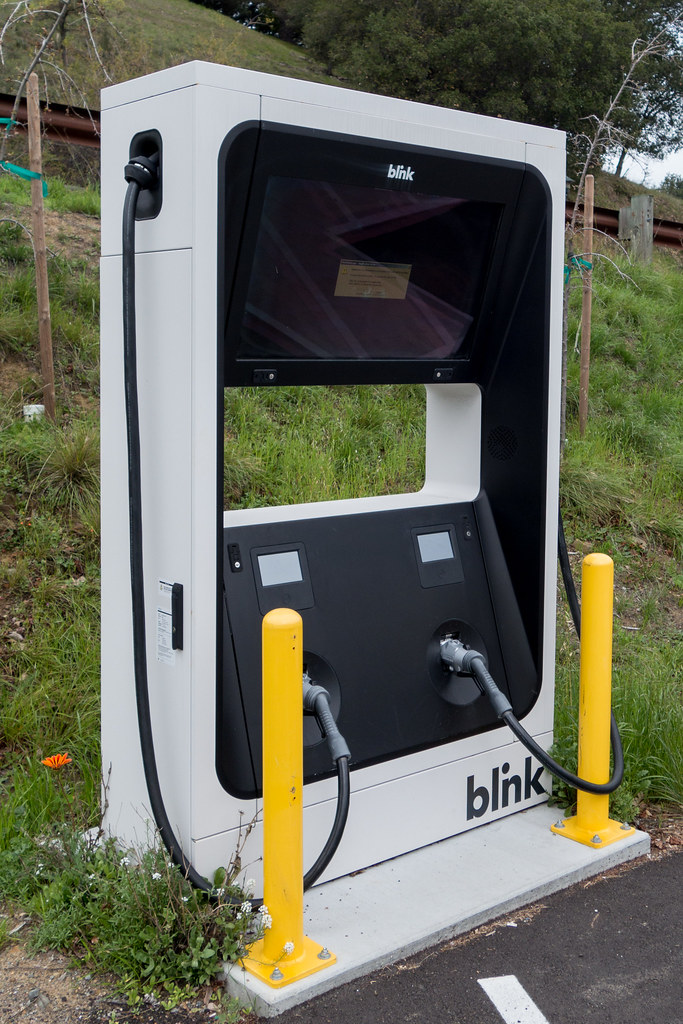
14. **Charging Infrastructure and Time Constraints**The rapid proliferation of electric vehicles has unfortunately outpaced the development of a sufficiently robust and accessible charging infrastructure, creating a significant bottleneck for widespread EV adoption. A lack of transparent data regarding charging station availability and functionality further complicates the experience for drivers, leading to frustration and inconvenience.
Beyond mere availability, the time required to fully recharge an EV is a stark contrast to the swift five-minute fill-up at a traditional gas station. While gas-fueled vehicles offer instant replenishment, EVs demand a more patient approach. Charging times vary significantly depending on the vehicle’s battery capacity and the speed of the charger utilized, ranging from hours to even overnight for a full charge.
For example, an ordinary Level 2 wall charger can take over eight hours to fully charge a larger EV like the Tesla Model S. Although superchargers or DC fast chargers can reduce this time to approximately one to two hours, this still falls far short of the instantaneous convenience offered by conventional refueling, creating practical challenges for drivers on longer trips or those with limited time.
The financial investment required to establish a comprehensive public charging network is also substantial. Level 2 chargers can cost around $2,500, while faster DC chargers can range up to $35,800, not including significant installation costs, permitting processes, and utility upgrades. While many businesses and energy companies are investing in charging stations, and some public stations offer free charging, the overall availability of truly fast and universally compatible charging options remains a critical area for improvement to match the growing demand for electric mobility.
Read more about: The $50,000 Electric Vehicle Nobody Is Buying: Unpacking the Market Disaster and Consumer Reluctance
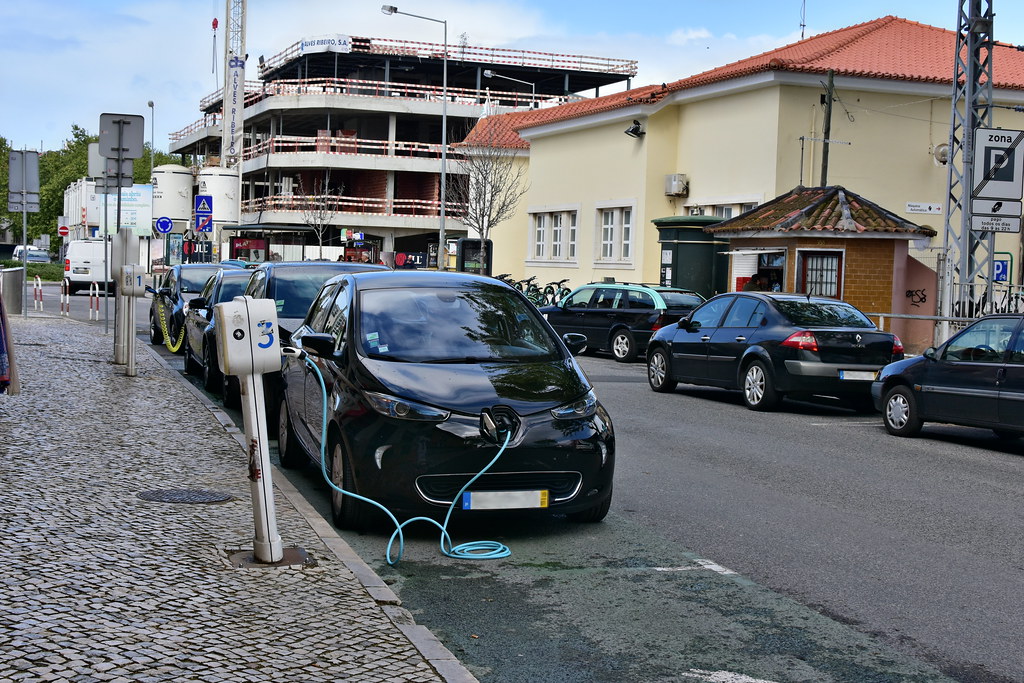
15. **High-Tech Complexity and Software Reliance**Modern electric vehicles are veritable rolling computers, integrating an intricate web of sophisticated electrical and electronic components to deliver a seamless driving experience. While this high level of technology enables groundbreaking features and enhanced performance, it also introduces a significant layer of complexity that makes EVs inherently more prone to malfunctions and reliability issues.
Many vehicles, especially those from newer manufacturers or those pushing the boundaries of innovation, have struggled with delivering cutting-edge features while simultaneously maintaining a clunky user interface or inconsistent driving experience. The sheer volume of integrated systems means there are more potential points of failure, leading to anything from minor glitches to major system crashes.
The reliance on advanced software, while offering the benefit of over-the-air updates, also presents a vulnerability. Software bugs can cause erratic behavior, such as faulty displays, performance inconsistencies, or even, as seen in some models, unintended actions like sudden brake engagement in autopilot mode. These issues not only diminish the user experience but can also raise serious safety concerns, challenging consumer trust in autonomous and semi-autonomous features.
As automakers continue to innovate, the balance between technological ambition and bulletproof reliability becomes critical. The “Too High-Tech” nature of many EVs means that components are expensive to replace and repairs often require specialized knowledge and equipment, adding to overall ownership costs and potentially eroding the perceived savings of going electric. The industry’s challenge lies in taming this complexity, ensuring that sophisticated features enhance, rather than detract from, the fundamental reliability and user-friendliness of electric transportation.
Read more about: The $10,000 Mistake: 9 Vehicles Owners Say to Avoid Due to Massive Repair Bills
The journey of electric vehicles is undeniably a story of innovation, but it is also one of significant “growing pains.” As we’ve explored, from the individual reliability struggles of specific models like the Ford Mustang Mach-E and Lucid Air to overarching systemic challenges like battery degradation, fire risks, range limitations, charging infrastructure, and high-tech complexity, the EV landscape is still maturing. While these issues present real hurdles for current and prospective owners, they also represent invaluable lessons for automakers. The ongoing commitment to refining battery technology, enhancing software stability, improving build quality, and expanding robust charging networks will ultimately determine the speed and success of the transition to a truly reliable and sustainable electric future. The path ahead is clear: continuous improvement and a steadfast focus on consumer benefit will be the keys to unlocking the full potential of electric mobility.


